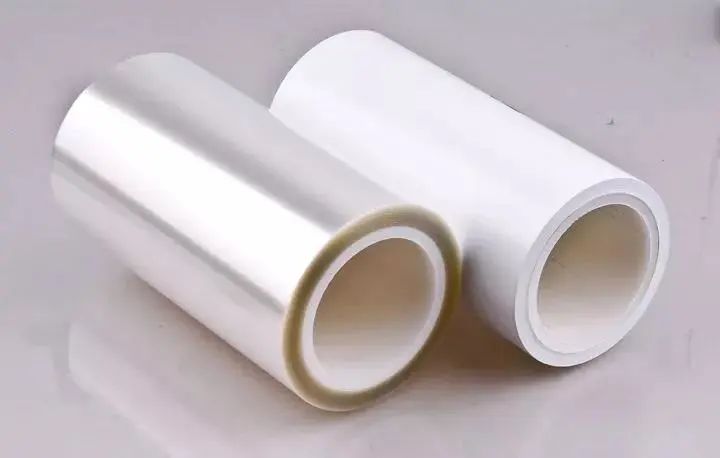Intelligent stealth materialsIt is a new type of material that can achieve stealth effect under specific conditions. It can use the characteristics of electromagnetic waves and physical and chemical effects to perceive the surrounding environment and achieve invisibility. This article will provide a detailed introduction to the types, principles, preparation methods, and applications of intelligent stealth materials.
1、 Types of intelligent stealth materials
Intelligent stealth materials can be classified into the following categories based on their different working principles:
1. Optical stealth materials
Optical stealth materials can adaptively adjust according to the lighting conditions of the surrounding environment, thereby achieving stealth effects. It is usually composed of nanomaterials, optical gradient materials, and photochromic materials.
2. Electronic stealth materials
Electronic stealth materials have good electronic transport properties and can achieve stealth effects by changing the electronic transport behavior. It is usually composed of materials such as metal oxides and graphene.
3. Magnetic stealth materials
Magnetic stealth materialBy using magnetic materials, adaptive adjustment can be made according to the magnetic field of the surrounding environment, thereby achieving stealth effect.

2、 The principle of intelligent stealth materials
The principle of intelligent stealth materials is mainly to use the materials, structures, or other physical and chemical effects contained in them to regulate the characteristics of electromagnetic waves, achieving stealth effects.
1. Principle of optical stealth materials
Optical stealth materials utilize optical gradient and photochromic effects to achieve invisibility. Optical gradient materials utilize the gradient of refractive index and reflectivity to achieve invisibility, while photochromic materials achieve invisibility based on their color changes.
2. Principle of electronic stealth materials
Electronic stealth materials utilize the transport behavior of electrons to achieve invisibility on the surface of the material. The principles mainly include controlling the electron transport rate and using spin polarization to regulate electron transport.
3. Principle of magnetic stealth materials
Magnetic stealth materials are usually used
Ferromagnetic materialBy adjusting the magnetic properties of the material, invisibility can be achieved. The principle is mainly to adjust the magnetic field strength and direction of the material to achieve invisibility.
3、 Preparation method of intelligent stealth materials
The preparation method of intelligent stealth materials often requires the use of complex preparation processes and advanced technology. The preparation methods can generally be divided into the following categories:
1. Powder metallurgy method
Powder metallurgy is a method of producing a continuous body of powder materials through high-temperature sintering. Usually includes steps such as drying, mixing, pressing, sintering, among which sintering is the most important.
2. Solvent evaporation method
Solvent evaporation method is a preparation method that evaporates materials in a solvent into thin film form. Generally, the material powder is dissolved in a solvent to form a solution, and then the solution is placed on the substrate to evaporate the solvent at room temperature.
3. Chemical deposition method
Chemical deposition is a method of depositing a desired thin material on the surface of a substrate using chemical reactions. Usually prepared using methods such as vapor deposition, physical vapor deposition, and solution deposition.
4、 Application of intelligent stealth materials
Intelligent stealth materials have wide applications in military, aerospace, scientific research and other fields. The main application areas include:
1. Stealth aircraft
Intelligent stealth materials can change the surface optical and electrical properties while ensuring the shape of the aircraft, achieving a reduction in radar and infrared reflectivity and thus achieving invisibility.
2. Invisible ships
Intelligent stealth materials can target acoustic, infrared, radar and other aspects of stealth, and can improve the security of enemy intelligence collection and reconnaissance technology in the military field.
3. Gas adsorption and separation
Intelligent stealth materials can be applied to gas adsorption and separation, such as improving adsorption efficiency or selectively adsorbing certain gases.
4. Optical sensing and ultrafast photonics, etc
Intelligent stealth materials can be used as optical sensing materials to detect physical and chemical changes on material surfaces, and can also be applied in areas such as ultrafast photonics.
So the application fields of intelligent stealth materials are very wide, and in continuous technological innovation and research, it will bring more surprises and breakthroughs to human society.





